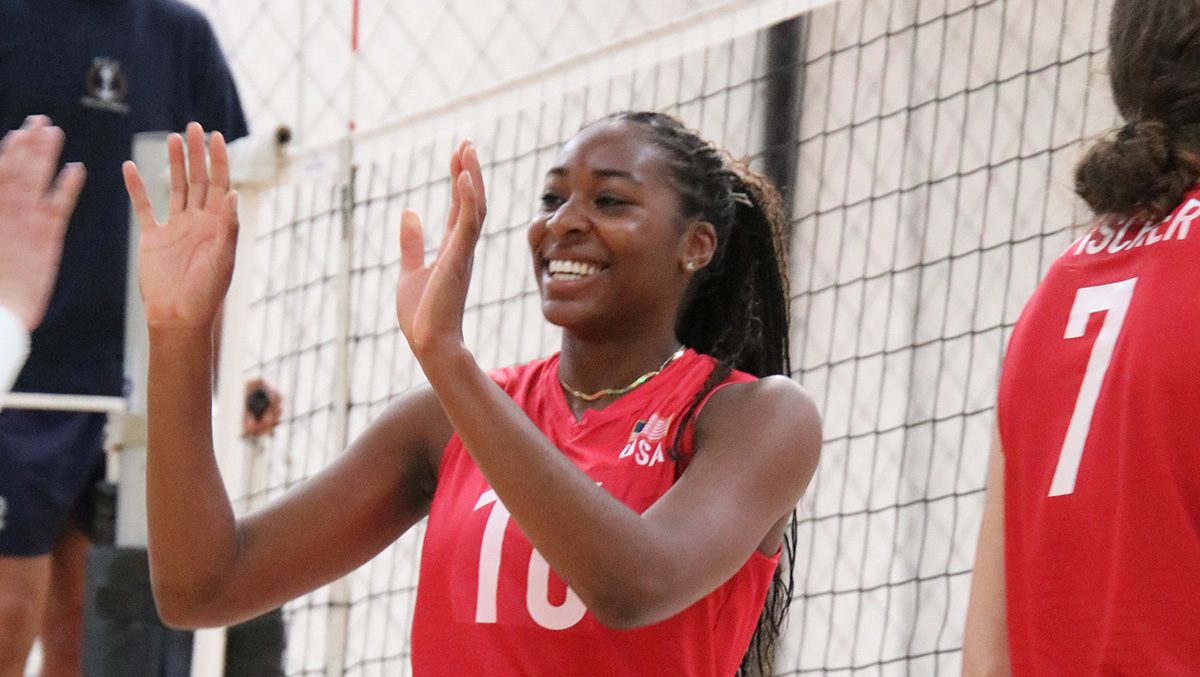
College Recruiting Tips for the Fall Season
College recruiting preparation can be a daunting task, but don’t fret! Here are five college recruiting tips that can help both boys and girls volleyball athletes.
Resources for
Follow USAVolleyball
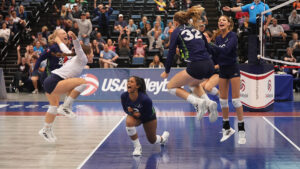 USA Volleyball Education is focused on improving developmental and educational opportunities across the sport of volleyball from grassroots to the national team level. Our goal is to provide the opportunity to access, complete and apply high-quality information and methods in the technical, tactical, physical and emotional aspects of the game for athletes and coaches while providing training, support and resources for other key stakeholders including officials, parents and clubs.
USA Volleyball Education is focused on improving developmental and educational opportunities across the sport of volleyball from grassroots to the national team level. Our goal is to provide the opportunity to access, complete and apply high-quality information and methods in the technical, tactical, physical and emotional aspects of the game for athletes and coaches while providing training, support and resources for other key stakeholders including officials, parents and clubs.
For years, the focus of volleyball in many areas and across various levels shifted to a mindset of winning at all costs.
What we now know is that the most successful teams in the world have developed a model of training and a culture that supports a holistic approach to athlete development which not only sets them up for competitive success on the court, but values and emphasizes the important of athlete health, well-being and long-term involvement in the sport.
The USA Volleyball Development Model was created based on the idea that volleyball in the U.S. could be taught differently, resulting in long-lasting positive outcomes across all measures of performance while keeping kids involved and loving the game longer.
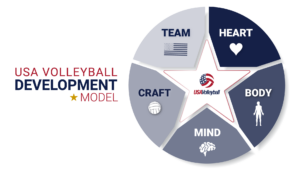
The five pillars of the USA Volleyball Development model provide the basis for a holistic approach to the core elements that are vital to supporting development at every level and across age groups.
USA Volleyball Education is committed to providing support for the volleyball community with a role-based approach to education and training. Whether you’re planning practices, cheering from the stands or making the right call, we provide the tools and resources to help you succeed.
USA Volleyball partner Sports Imports has provided USA Volleyball coaches with drills for use with their Trainer+ and The Vertec.


College recruiting preparation can be a daunting task, but don’t fret! Here are five college recruiting tips that can help both boys and girls volleyball athletes.

How can a volleyball player position oneself for meaningful NIL opportunities? Spending time making a plan before becoming a time-strapped college athlete is a great place to start! Ready to jump in? Let’s go.
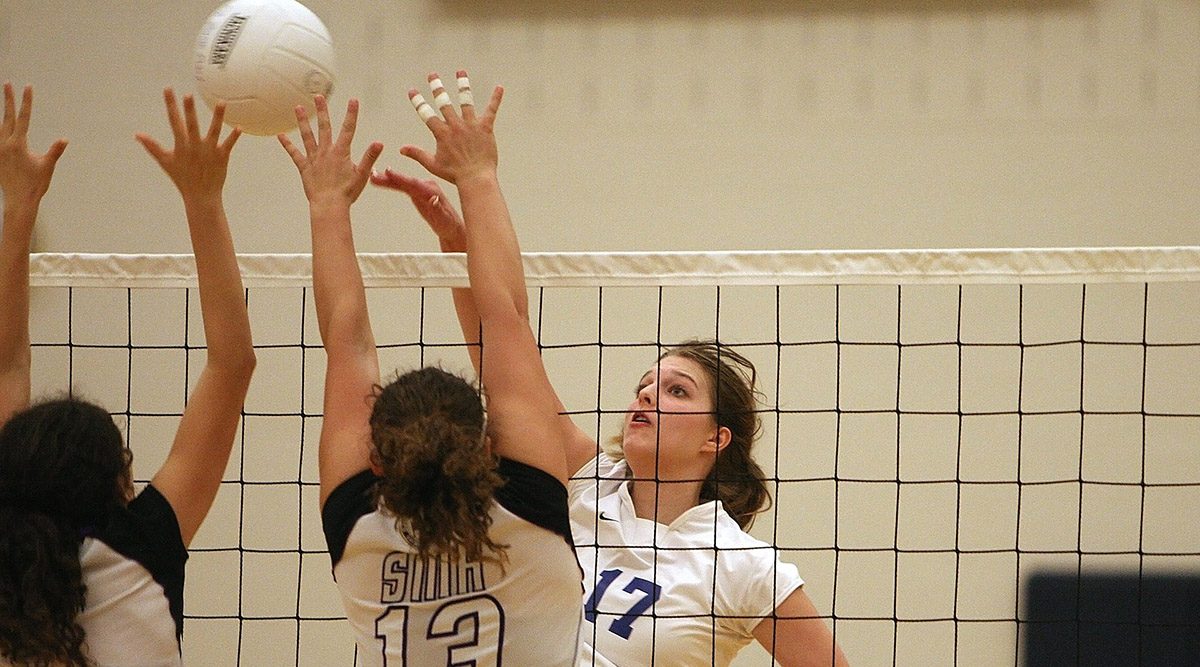
For most, participating in NIL is not a handout but rather a part-time job. It requires dozens, if not hundreds, of hours of research, strategic planning and outreach to be successful. Thus far, the most successful non high-profile athletes have taken the initiative in creating NIL deals for themselves.
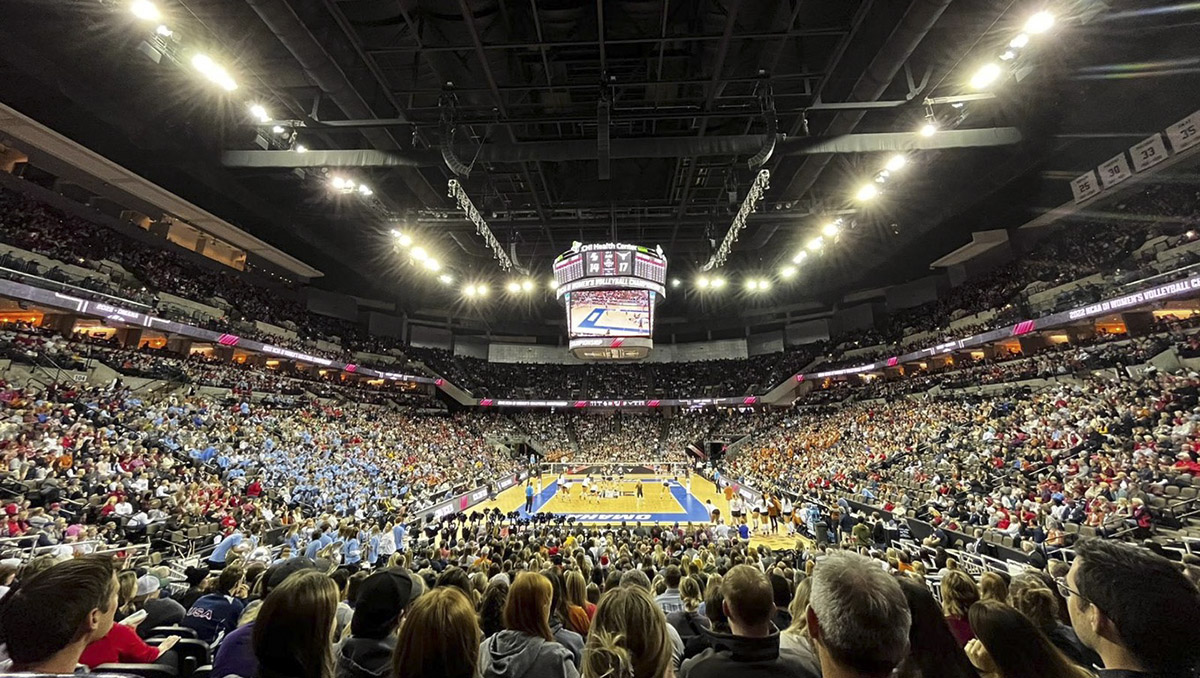
What does NIL really mean and why does it matter? In legal language, name, image, and likeness make up the three pieces of one’s “right to publicity." Michelle Meyer of the NIL Network shares the basics to understanding what NIL means for athletes.
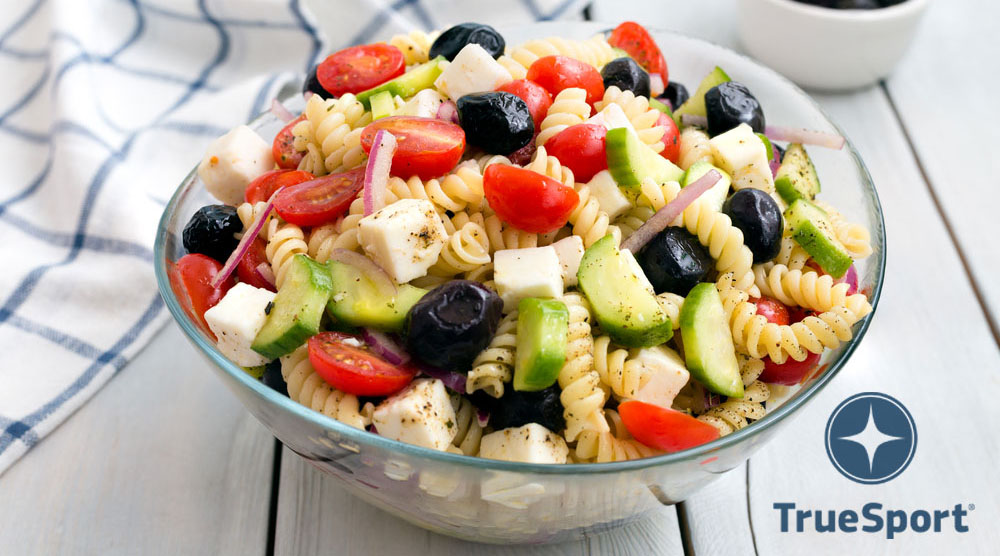
Noodle bowls are one of the most versatile options that busy parents can make to keep athletes well-fed and properly fueled—and most noodle bowls can be repurposed into leftovers for lunch or tweaked into entirely new meals for the next night!
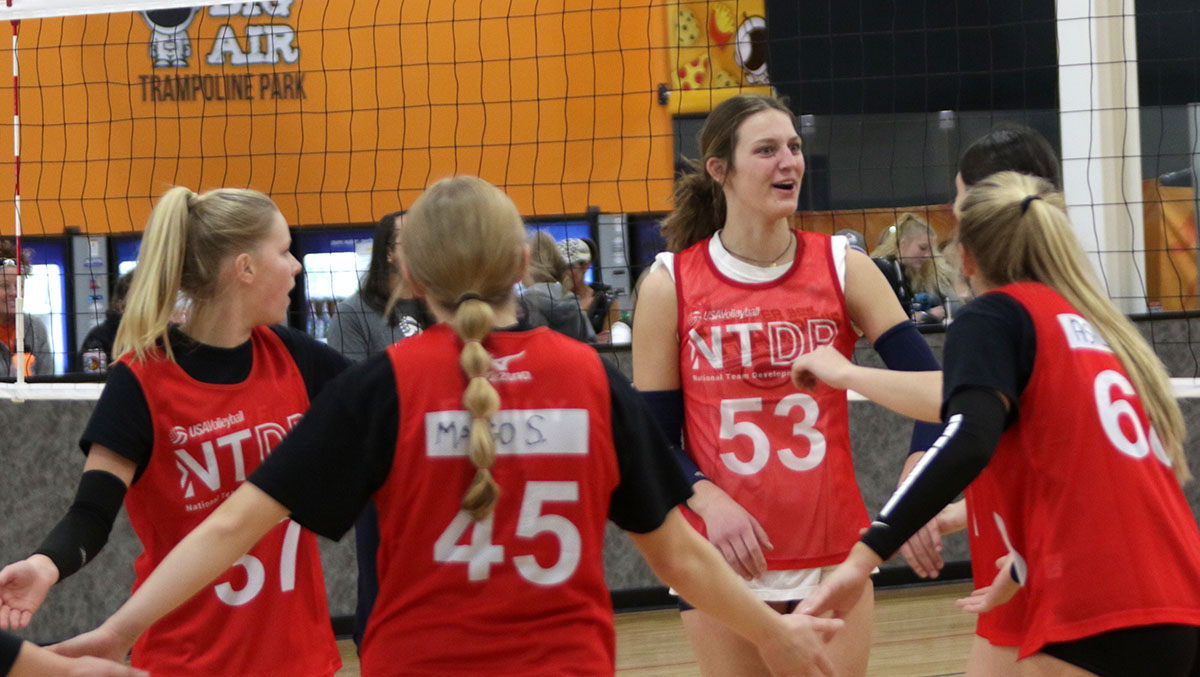
While perseverance sounds like a very serious skill, it can be fun to learn for your young athletes if you make persisting through tough challenges into a playful activity. These activities for every age group will spark conversations around perseverance while encouraging experimentation and play.
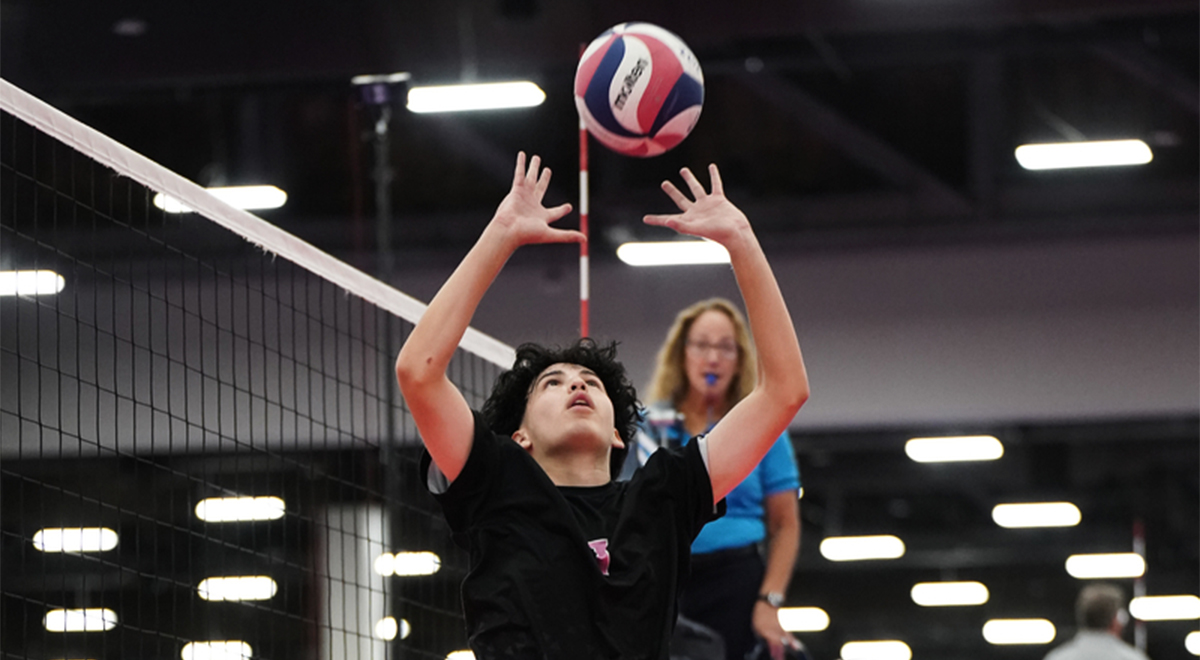
Research shows that early specialization is unnecessary and may hurt athletes and their performances. Here are five things to know about sport specialization in younger athletes.

Alkaline water, mineral water, carbonated water, coconut water: There are so many different water options available that it can feel a bit overwhelming at the grocery store. Which one will serve your athlete best, or is plain old tap water the optimal solution?

For young athletes, breakfast is an important meal, but it’s also the most likely to get skipped in order to finish that homework assignment or catch the bus. But there are plenty of easy, healthy options that can be prepped ahead of time and only take a few minutes to whip up.
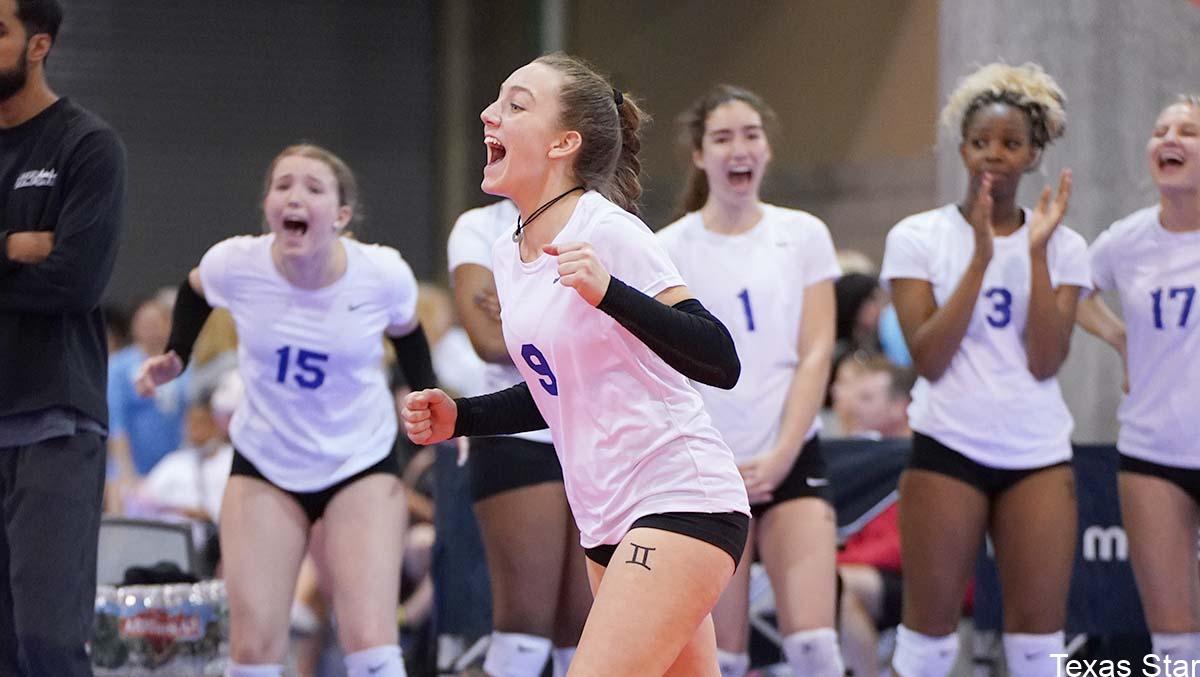
June 15 is the initial contact date for volleyball college coaches at the NCAA Division I and Division II levels to reach out to rising juniors. Once this date hits, more direct communication can begin between college coaches and the student-athletes. What does that mean? We’ll go through five things to know about June 15.
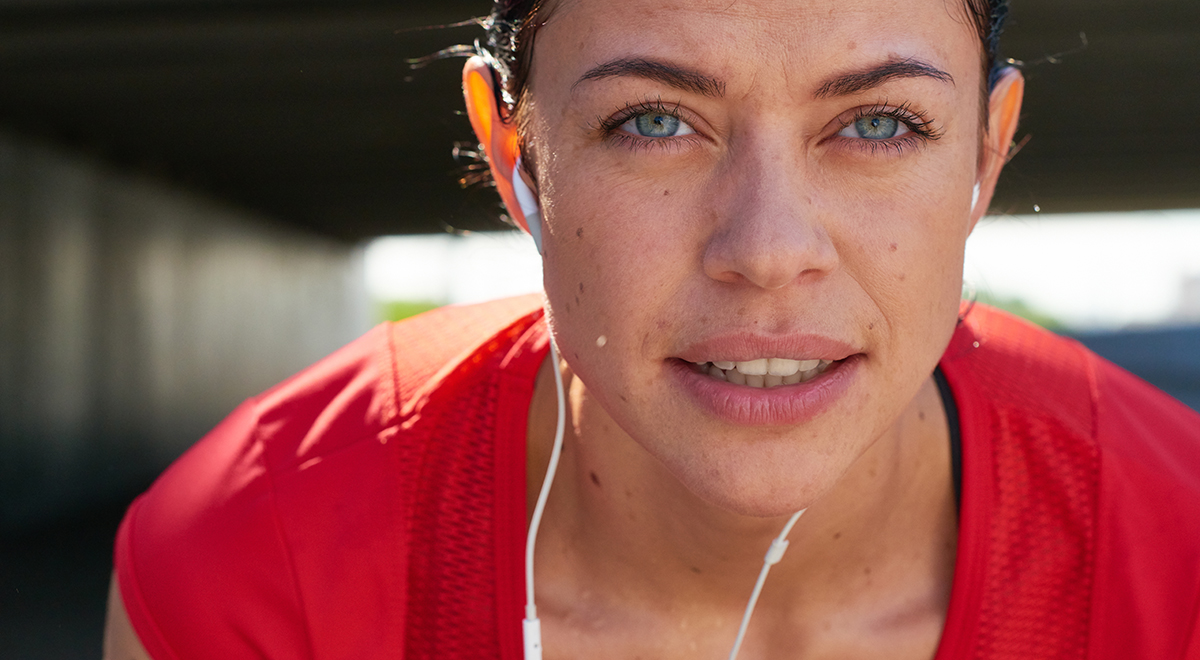
Hot weather is coming, and that means your athletes are at a higher risk of becoming dehydrated during practices and games. And even mild dehydration can impact athletic performance, as well as an athlete’s general health.
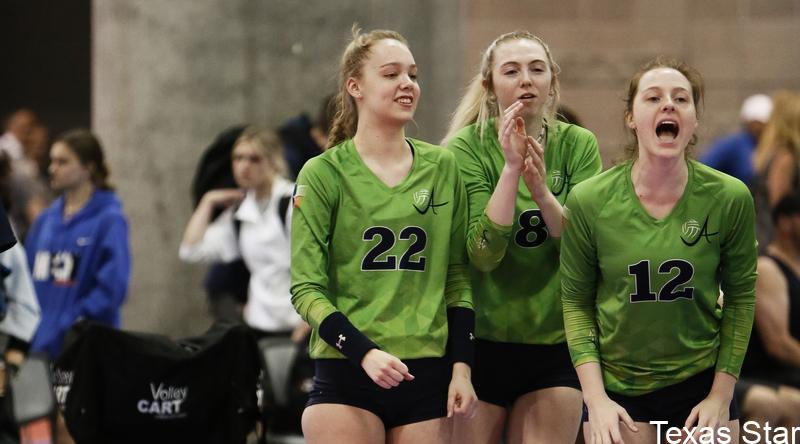
Every year, student-athletes participate in summer camps, combines, tournaments and showcases to sharpen their skills and gain exposure to college coaches. College coaches value the opportunity to evaluate a player multiple times on video as well as in person. Attending these types of events can be a crucial step in your recruiting process, but they can be costly and time consuming, so make them worth your while.
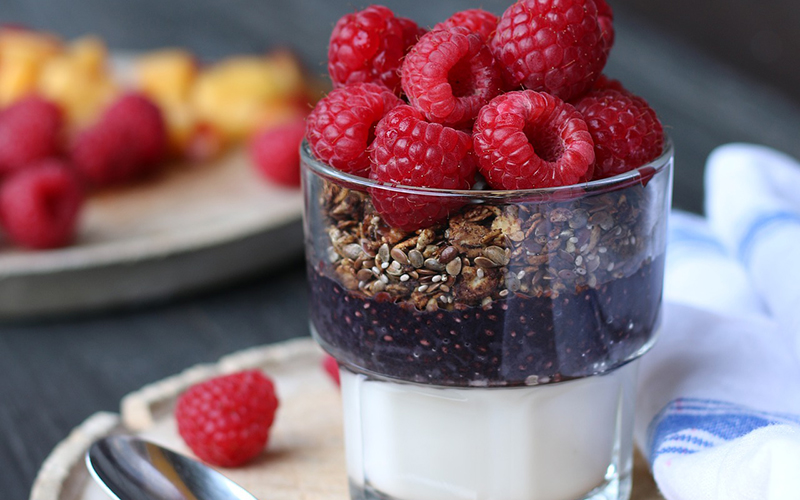
It can be hard to make meals that are healthy and satisfying for athletes with certain food restrictions. But with a bit of prep and pre-planning, you can easily have snacks and meals on hand that are soy, dairy, and gluten-free.
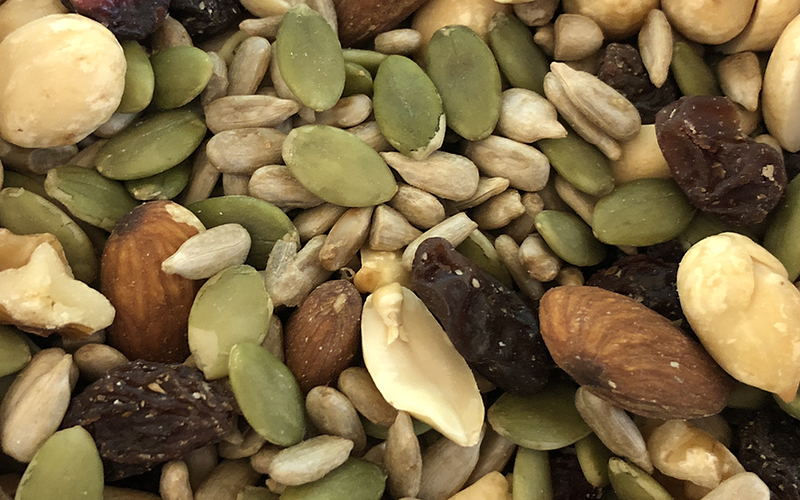
As an athlete, it’s recommended that you eat every three hours throughout the day, so it’s important to find snacks that travel easily, offer the right nutrients, and actually taste good too. When it comes to nutrition, the goal is to find snacks that fill you up and keep you energized through an optimal blend of mostly carbohydrates, plus some protein and fat to help you feel satisfied for longer.
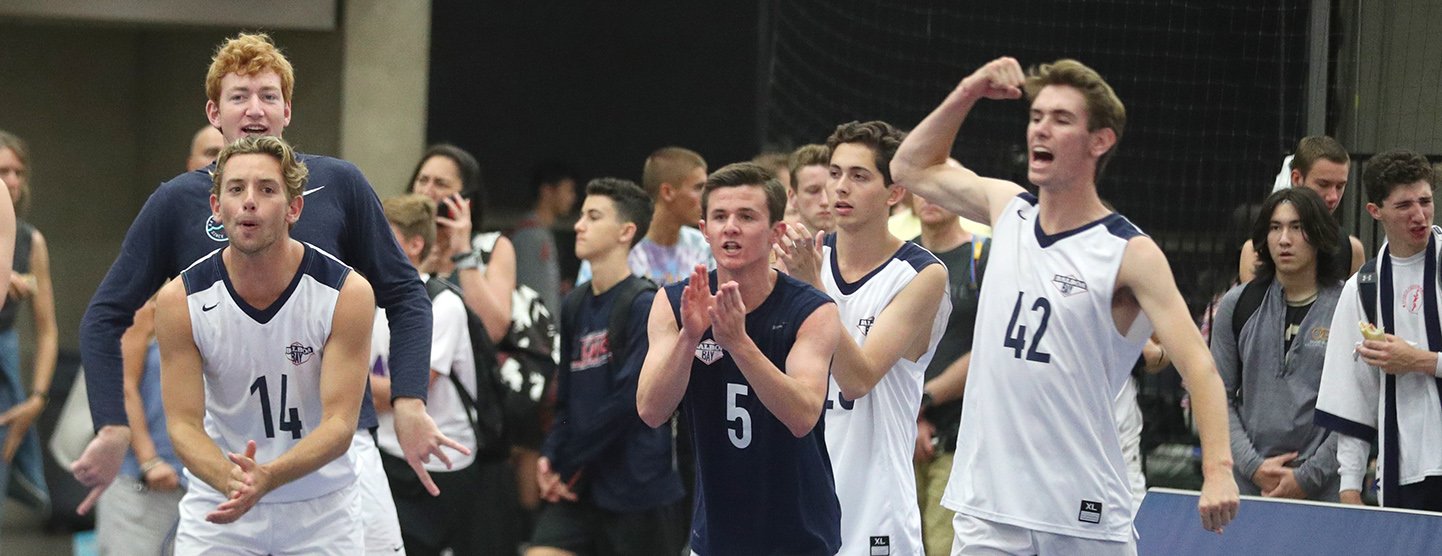
The college recruiting process is an exciting time for all young athletes, but it can also be confusing. Understanding the deadlines for each division and discipline will give you the tools to make the most of it.
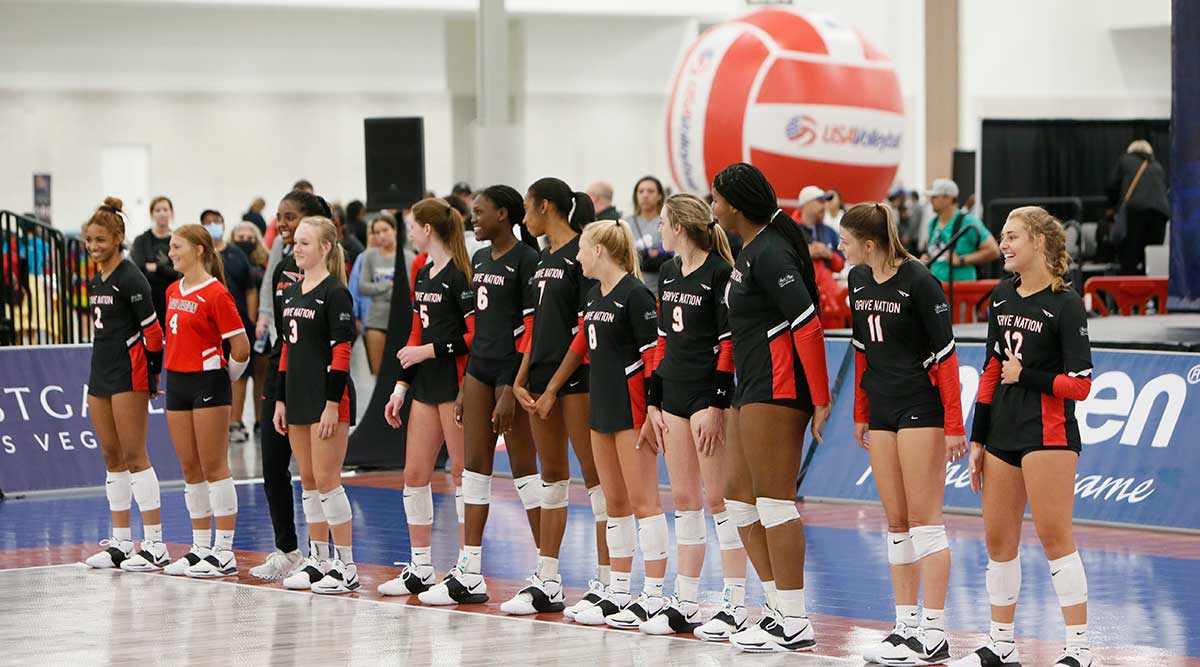
The college recruiting process is an exciting time for all young athletes, but it can also be confusing. Understanding the deadlines for each division and discipline will give you the tools to make the most of it.
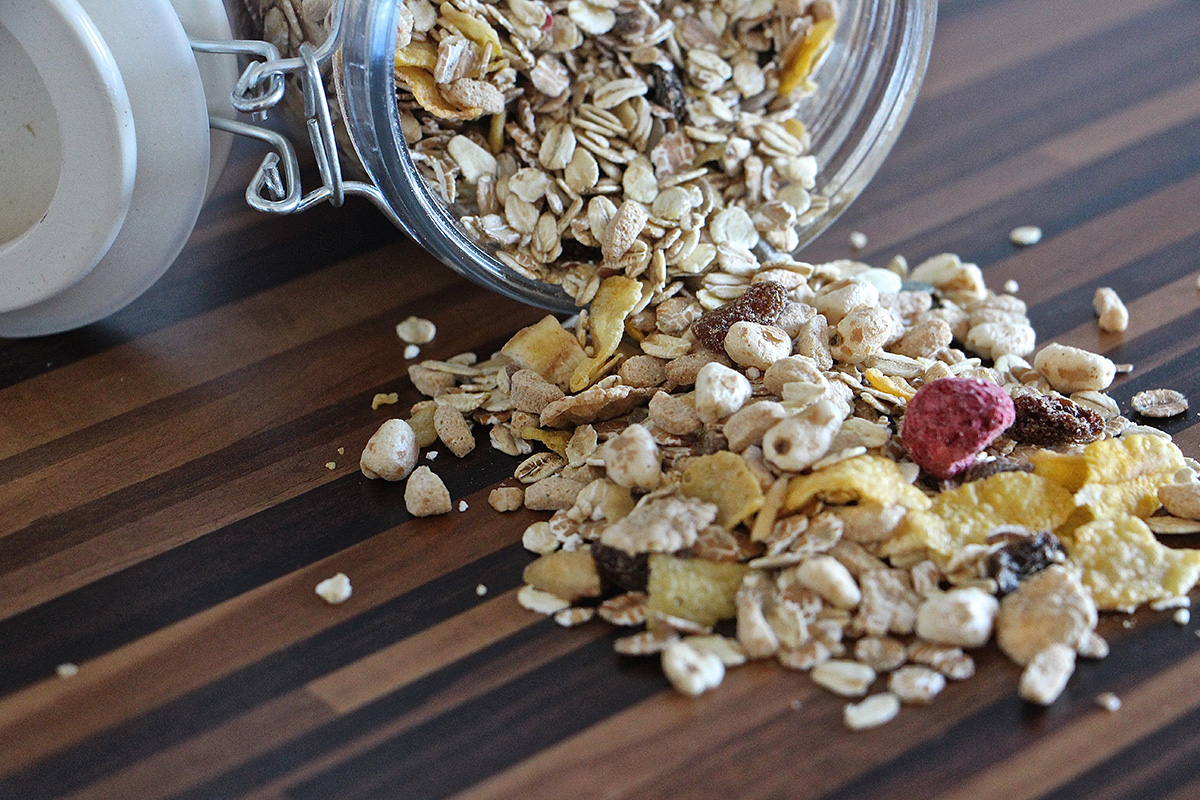
January 21 is National Granola Bar Day, so why not take the time to make this healthy snack.
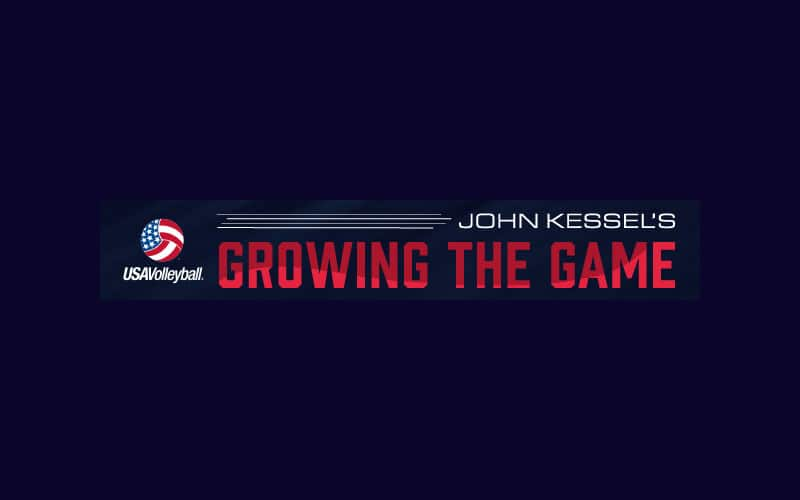
I spent Memorial Day flying back from Amsterdam, 24 hours in en route, leaving a place where the Dutch Underground were battling in World War II three-quarters of a century before me.
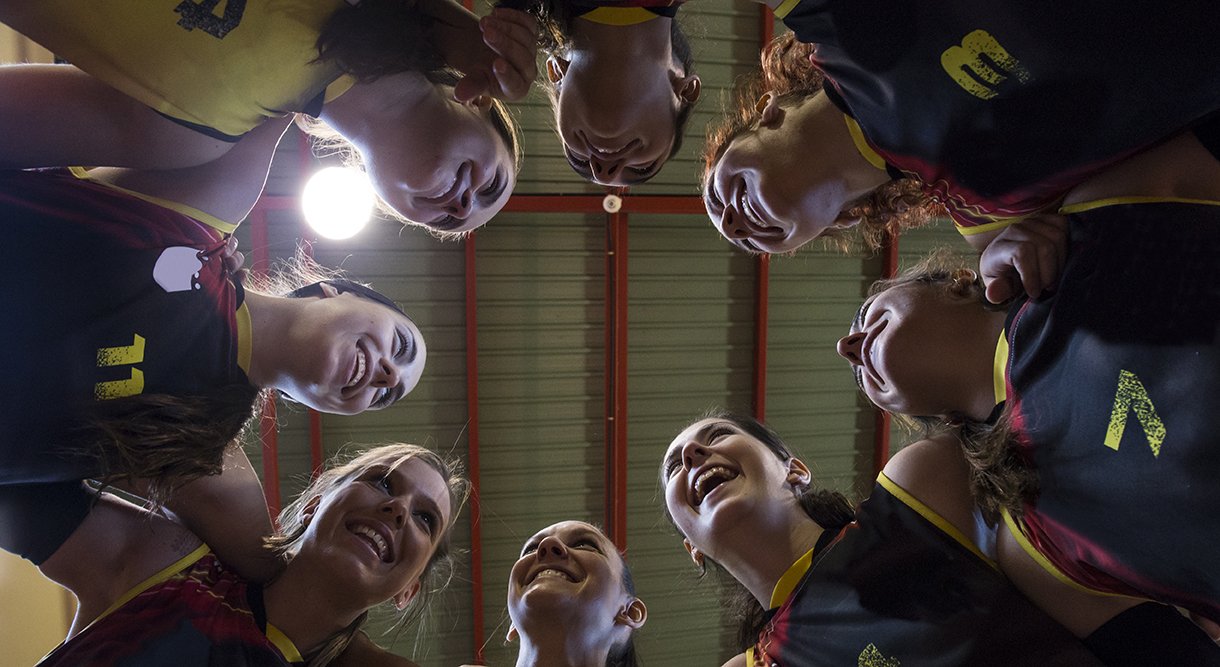
Young athletes face tough transitions on a regular basis. Whether it's something big, like a move to a new school, or just the start of a season with a new coach, these transitions can be significant sources of anxiety. But, there are ways to navigate these challenging times.
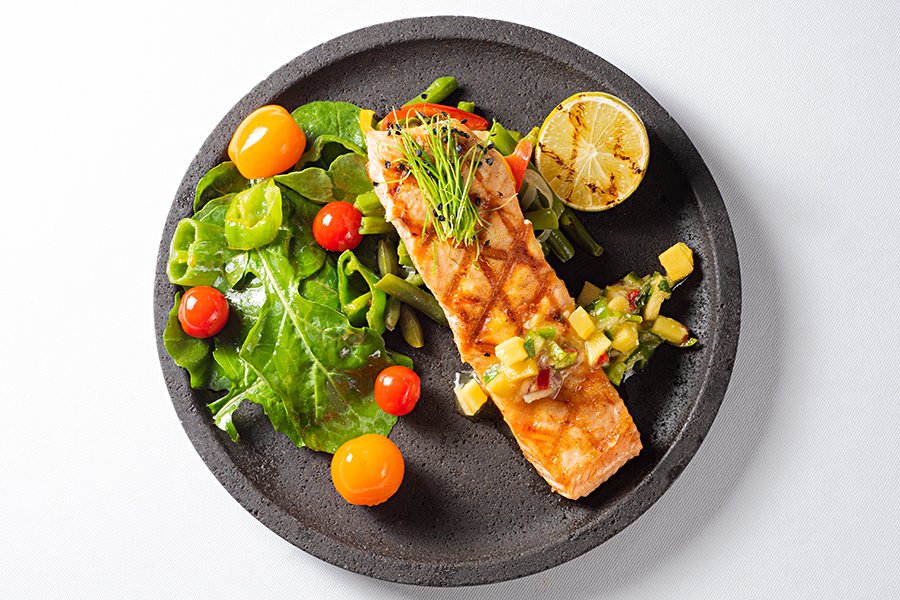
And it might come as a surprise, but the brain uses around 20 percent of the body's energy, making it the hungriest organ. Fuel it appropriately, and your young athlete will be able to think fast and stay sharp in school and on the field.
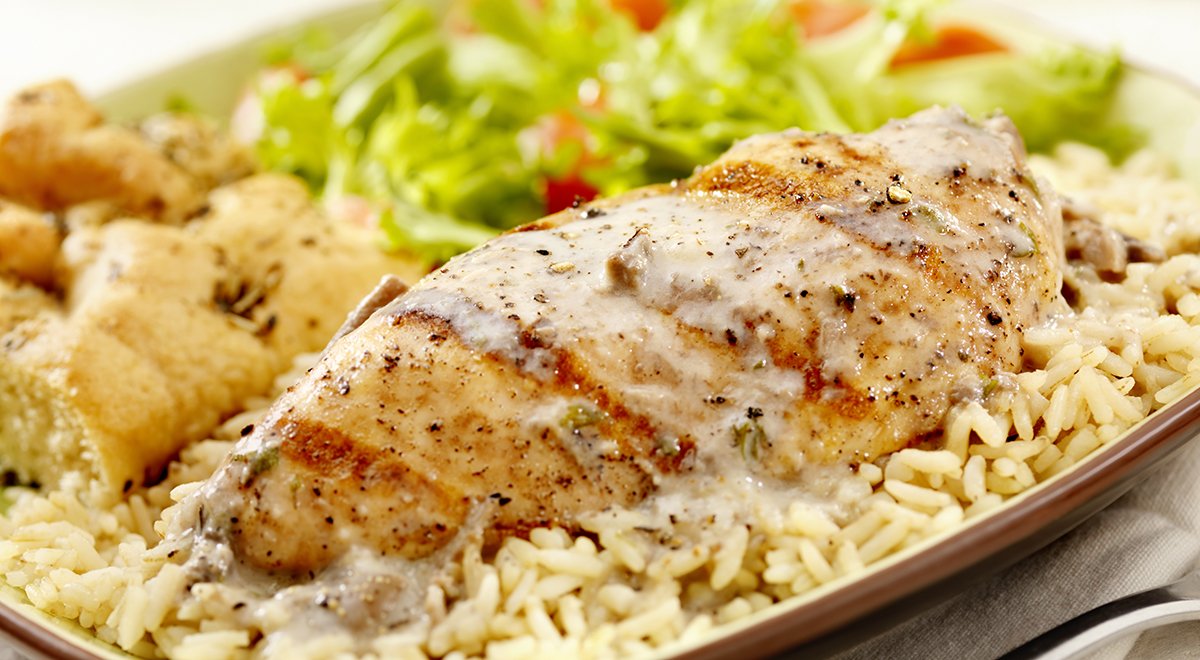
Meal prepping doesn't have to mean a ton of extra time in the kitchen. Here are tips for successful, simple meal prepping that will allow your athlete to get a healthy meal.